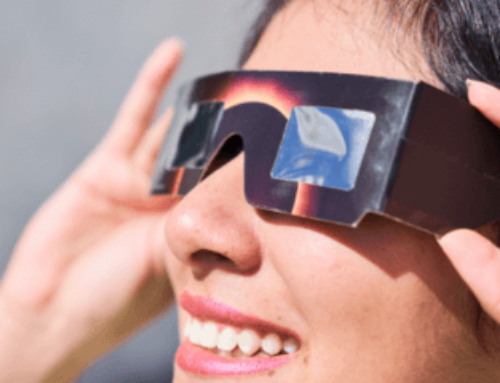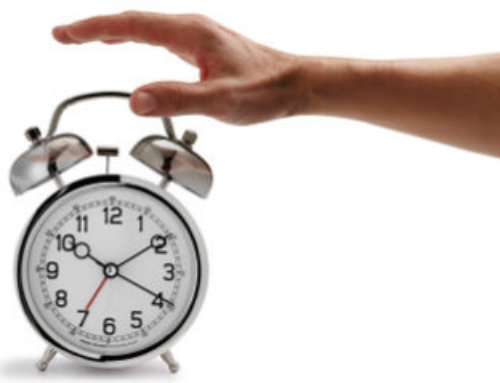FOR IMMEDIATE RELEASE
CONTACT: Lynn Celmer, 630-737-9700, ext. 9364, lcelmer@aasm.org
DARIEN, IL – A new study provides novel evidence suggesting that suicides are far more likely to occur between midnight and 4 a.m. than during the daytime or evening.
Results show that the weighted, scaled mean suicide rate per hour was 10.27 percent after midnight, peaking at 16.27 percent between 2 a.m. and 2:59 a.m. In contrast, the mean suicide rate per hour was 2.13 percent between 6 a.m. and 11:59 p.m. When six-hour time blocks were examined, the observed frequency of suicide between midnight and 5:59 a.m. was 3.6 times higher than expected.
“This appears to be the first data to suggest that circadian factors may contribute to suicidality and help explain why insomnia is also a risk factor for suicidal ideation and behavior,” said principal investigator Michael Perlis, PhD, associate professor in the Department of Psychiatry and Director of the Penn Behavioral Sleep Medicine Program at the University of Pennsylvania in Philadelphia. “These results suggest that not only are nightmares and insomnia significant risk factors for suicidal ideation and behavior, but just being awake at night may in and of itself be a risk factor for suicide,” he said.
The research abstract was published recently in an online supplement of the journal Sleep and will be presented Tuesday, June 3, in Minneapolis, Minnesota, at SLEEP 2014, the 28th annual meeting of the Associated Professional Sleep Societies LLC.
According to the authors, previous research suggesting that more suicides occur during the day failed to account for the proportion of the population that is awake at each given hour. The current study involved archival analyses of both the National Violent Death Reporting System, which provided data for the estimated time of fatal injury, and the American Time Use Survey, which provided an hourly proportion of the American population that is awake. Time of fatal injury was categorized into one-hour bins, and the hourly distribution of these data were weighted by the proportion of people awake at each hour and scaled to 100 percent. A total of 35,332 suicides were included in the analysis.
According to Perlis, an important implication of the study is that the treatment of insomnia may be one way to reduce suicide risk. The American Academy of Sleep Medicine reports that about 10 percent of adults have a chronic insomnia disorder lasting at least three months.
Accounting for more than 38,000 deaths each year, suicide is the 10th leading cause of death in the U.S. according to the Centers for Disease Control and Prevention. In comparison, about 16,000 deaths occur each year due to homicide.
For a copy of the abstract, “When Accounting for Wakefulness, Completed Suicides Exhibit an Increased Likelihood during Circadian Night,” or to arrange an interview with Michael Perlis or an AASM spokesperson, please contact AASM Communications Coordinator Lynn Celmer at 630-737-9700, ext. 9364, or lcelmer@aasm.org.
Established in 1975, the American Academy of Sleep Medicine (AASM) improves sleep health and promotes high quality patient centered care through advocacy, education, strategic research, and practice standards. With about 9,000 members, the AASM is the largest professional membership society for physicians, scientists and other health care providers dedicated to sleep medicine. For more information, visit www.aasm.org.








